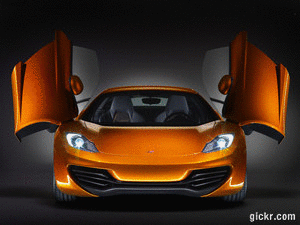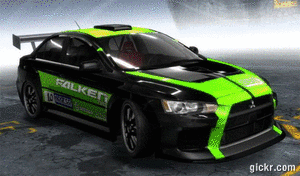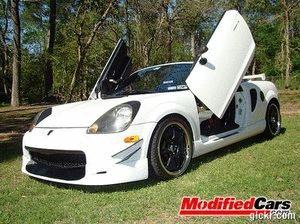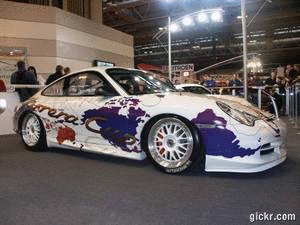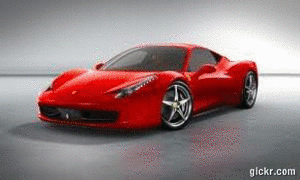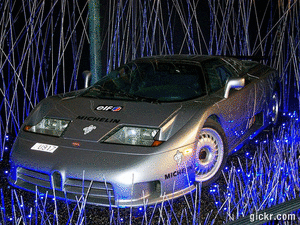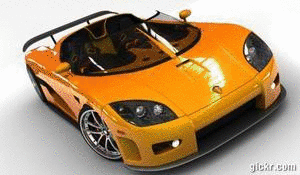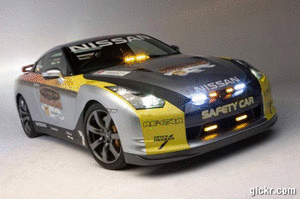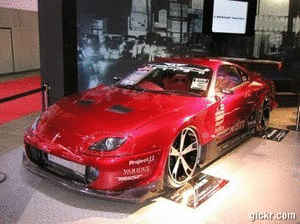 Every single Ferrari ever manufactured, from the 250 GTO to the 206/246 Dino, is a feat of engineering and design. One such Ferrari is the Enzo Ferrari Supercar, which was named one of the top sports cars of the new millennium by Sports Car International magazine in 2004. Named in honor of Enzo Ferrari, who founded the company in 1929, the Enzo Ferrari supercar is indeed super in many respects.
Every single Ferrari ever manufactured, from the 250 GTO to the 206/246 Dino, is a feat of engineering and design. One such Ferrari is the Enzo Ferrari Supercar, which was named one of the top sports cars of the new millennium by Sports Car International magazine in 2004. Named in honor of Enzo Ferrari, who founded the company in 1929, the Enzo Ferrari supercar is indeed super in many respects.
No Lamborghini have ever been produced with less than a V8 engine. Most of the Lamborghini models throughout the history of the company have come with the legendary Lamborghini V12 engine, but the newest model, Gallardo, only have a V10 engine. No Lamborghini models with a V8 engine have been since production of the Silhouette stopped in 1989.
Lotus Engineering is one of the world's premier automotive consultancies with engineering centres world-wide in Asia, North America and Europe. Employed by most of the major car manufacturers our strength lies in our thorough understanding of the automotive business, cutting-edge engineering expertise, and talented, visionary staff.

SLR Roadster blends Formula 1 motor-racing credentials with a fully retractable semi-automatic soft top for a whole new dimension in Gran Turismo Roadsters. Powered by a supercharged 5.5 liter, 617-horsepower AMG V-8 engine, the SLR McLaren Roadster can achieve a top speed of 206 mph. Its full carbon-fiber monocoque, Swing-wing door design, and two-tone soft top offer undiluted open-air driving pleasure at the highest level.

Rolls-Royce Limited was an English car and, later, aero-engine manufacturing company founded by Henry Royce and Charles Stewart Rolls on 15 March 1906 and was the result of a partnership formed in 1904. In 1971, Rolls-Royce was crippled by the development of the advanced RB211 jet engine, resulting in the nationalisation of the company. In 1973, the car division was separated from Rolls-Royce Limited as Rolls-Royce Motors. Rolls-Royce Limited continued as a nationalised company until it was privatised in 1987 as Rolls-Royce plc.



Sports cars can be either luxurious[1] or spartan, but driving mechanical performance is the key attraction. Drivers regard brand name and the subsequent racing reputation and history (for example, Ferrari, Porsche, Lotus) as important indications of sporting quality, but brands such as Lamborghini, which do not race or build racing cars, are also highly regarded.
A car may be a sporting automobile without being a sports car. Performance modifications of regular, production cars, such as sport compacts, sports sedans, muscle cars, hot hatches and the like, generally are not sports cars, yet share traits common to sports cars. Often, performance cars of all configurations are grouped as Sports and GT cars, or, occasionally, as performance cars.
A sports car does not require a large, powerful engine, though many do have them. Some classic British sports cars lacked powerful engines, but were known for exceptional handling due to light weight, a well-engineered, balanced chassis, and modern suspension. On tight, twisting roads, such an automobile performs more effectively than a heavier, more powerful luxury car with less maneuverability.
Due to North American safety regulations, many sports cars are unavailable for sale or use in the United States and Canada. In the United Kingdom, Europe, and the Middle Eastern market (e.g. UAE), a flexible attitude towards small-volume specialist manufacturers has allowed companies such as TVR, Noble, and Pagani to succeed.
